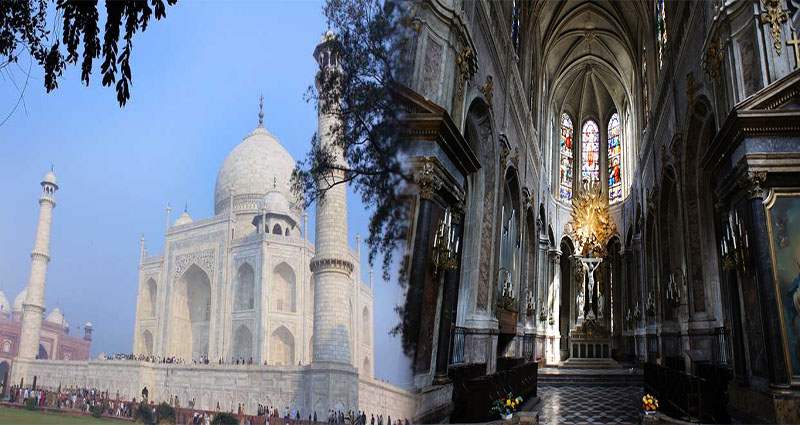Historical monuments stand as timeless testaments to human creativity, innovation, and cultural heritage, but they face the constant threat of degradation and destruction due to natural processes and human activity. Preservation and conservation efforts play a vital role in safeguarding these irreplaceable landmarks for future generations. Here, we explore the significance of preservation and the various efforts dedicated to protecting these invaluable pieces of history.
Maintenance and Restoration
Preservation efforts often involve routine maintenance and targeted restoration to mitigate the wear and tear that historical monuments endure over time. Skilled professionals, including architects, archaeologists, and conservators, employ a combination of traditional and advanced techniques to stabilize structures, repair damage, and prevent further deterioration. This ensures that the monuments retain their structural integrity and aesthetic appeal.
Environmental Monitoring and Management
The impact of environmental factors, such as climate change, pollution, and natural disasters, poses a considerable threat to historical monuments. Preservation initiatives emphasize the importance of monitoring and managing these variables to prevent irreversible damage. Implementing climate control measures, conducting regular surveys, and employing sustainable conservation practices help mitigate the adverse effects of environmental stressors.
Community Engagement and Education
Engaging local communities and fostering public appreciation for historical monuments is integral to their preservation. Outreach programs, educational initiatives, and guided tours not only raise awareness about the significance of these landmarks but also foster a sense of ownership and responsibility among the public. Encouraging community involvement in preservation efforts creates a network of advocates who actively contribute to the protection and upkeep of historical monuments.
Legislation and Policy Implementation
Governments and organizations enact protective legislation and policies to establish frameworks for the preservation and conservation of historical monuments. These measures encompass zoning regulations, heritage protection laws, and funding initiatives aimed at supporting restoration projects and long-term maintenance. By institutionalizing the legal framework for preservation, authorities can uphold the integrity of these sites and ensure their sustained protection.
Technological Advancements in Conservation
Emerging technologies, such as 3D scanning, building information modeling (BIM), and advanced material analysis, have revolutionized conservation practices. These tools enable experts to conduct comprehensive assessments, develop detailed conservation plans, and implement innovative restoration techniques with precision and accuracy. Embracing technological advancements enhances the efficacy and sustainability of preservation efforts.
International Collaboration and Funding
Many historical monuments transcend national borders, making international collaboration crucial for their preservation. Collaborative conservation initiatives facilitate knowledge sharing, resource mobilization, and expertise exchange on a global scale. International funding mechanisms and partnerships enable diverse stakeholders to pool resources and expertise, ensuring that historical monuments receive the support necessary for their long-term safeguarding.
By bolstering preservation and conservation efforts, we can uphold the legacy of historical monuments and ensure that these treasures continue to inspire, educate, and enchant generations to come. Through collective dedication and concerted action, we can secure the cultural and historical inheritance embodied by these remarkable structures.










